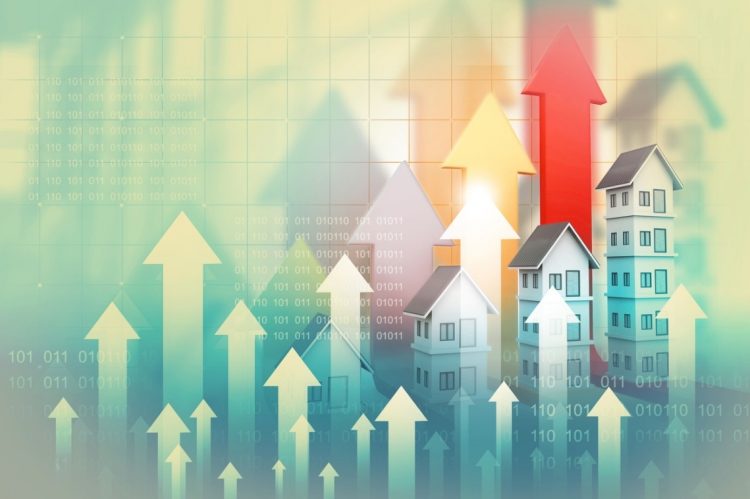The challenge of housing affordability continues to grow to historic levels, according to the latest analysis by the National Association of REALTORS® (NAR), even as preliminary data from September showed a significant drop in prices, with a median single-family home falling below $400,000 for the first time since April.
Additionally, the qualifying income for a first-time homebuyer to afford a “starter home” (which NAR estimated as costing $345,900) rose above $100,000 in Q3 2023, breaking that barrier for the first time ever and more than doubling the average from 2020.
But prices were still up overall in the third quarter, with 82% of metros seeing gains.
“Following the big price changes during the last several years, it’s natural to witness momentary swings in prices,” said NAR Chief Economist Lawrence Yun in a statement. “Some markets that experienced sizable home price gains since 2020 have turned lower, resulting in temporary relief for prospective homebuyers. Also, a few markets in the West that experienced price declines in the prior quarter have seen prices rise again.”
While the Burnett verdict and the future of buyer compensation dominates the current news cycle, the long-term and interrelated crises of low inventory and unaffordable homes have caused more day-to-day challenges for real estate businesses.
Though home values remaining elevated is good news for current homeowners and serve as evidence a crash is unlikely, economists continue to warn that affordability issues are becoming unsustainable.
“The persistent lack of available homes on the market will make the dream of homeownership increasingly difficult for younger adults unless housing supply is significantly boosted,” Yun claimed. “Congress must consider incentives to boost housing supply and inventory so that more Americans can participate in wealth accumulation. The housing market shouldn’t be accessible only to those who are paying in cash nor become a playground for the wealthy.”
The monthly payment for a starter home has doubled since 2020, according to NAR, now at $2,149. While this is largely driven by mortgage rates, the price of both starter homes and all single-family properties continues to increase as well on a quarterly basis.
After falling to $371,000 at the beginning of this year, the median priced home is now $406,900. Starter homes are up more than $30,000 this year.
It is unclear whether the dip in September portends a shift in momentum for prices, which would be very welcome news for eager buyers waiting on the sidelines. Prices had remained relatively flat through the summer, hovering between $410,000 and $415,000.
Median-income buyers currently have to spend 26.8% of their earnings on their mortgage payment, up 12.1% from 2020.
Regionally
In terms of price gains, geography continues to be a primary factor—though the haves and the have-nots of home values are shifting. The Midwest and Northeast both saw greater than 5% increases in median price year-over-year, at 5.2% and 5.3%, respectively.
While the West saw the lowest gain at 0.6%, certain metros in that region rebounded from last year’s housing correction. San Jose and San Diego in California, and Boulder in Colorado all saw prices rise significantly, after experiencing sharp declines in 2022.
Other metros, especially in the South, have yet to reach their bottoms. Prices in Austin, Texas, fell an additional 10% from last year, after claiming some of the fastest price increases during the pandemic.
Fort Myers in Florida, another pandemic-era price climber, saw a modest drop of 3.6%. Shreveport, Louisiana, took a 4.6% hit to prices, and Jackson, Mississippi, dropped 4.8%.
Other Southern metros continued to see prices grow, however, including Knoxville, Tennessee (up 5.9%), and Morgantown, North Carolina (surging 17.1%)












